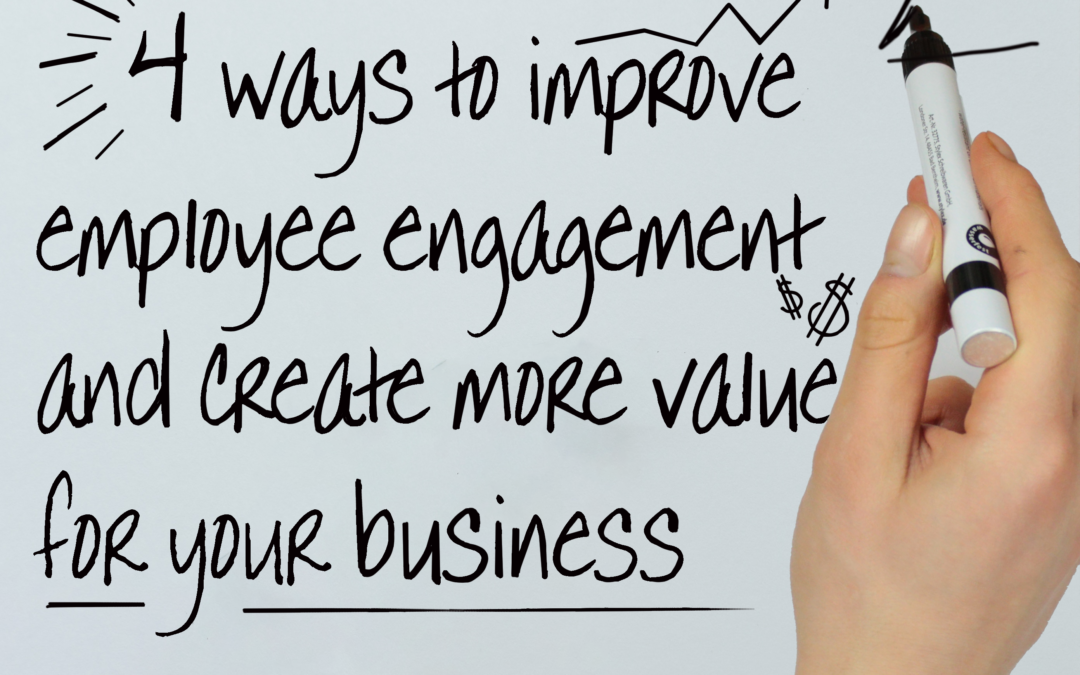Most employers know that there is a both a labor and a talent shortage in the US today. The Baby Boomers are retiring and Millennials have an entirely different attitude about employment, both of which exacerbate this problem.
The Bureau of Labor Statistics’ January 2017 news release shared that the US unemployment rate held at 4.1 in December. Many of us remember 2009-2012 when that number was up at 9-10%. Unemployment has declined month-to-month ever since. Our economy is now strong and healthy and will likely continue to grow for the foreseeable future. That means the cost and the ease of selecting and successfully hiring top talent will become more of a challenge.
Savvy business owners and managers tell us that they are now placing a higher value on ways to engage, motivate and retain their talent. According to Gallup, less than 33% of all US employees are engaged at work. This number is even lower for US Millennials. Through numerous studies, employee engagement has been demonstrated to have a direct correlation to company productivity and profitability.
Millennials are less likely to continue working for an employer if:
- Their values are not aligned with their employer’s – companies must be able to share, the purpose of their business, their “Why”, with job applicants, with honesty and clarity.
- They are not learning new skills – managers must make the shift from being bosses to being coaches and development enablers.
- They don’t feel like their job is leveraging their talents and interests – many employees are not in roles that fit with their Behavioral Style and Driving Forces (motivators and values).
- They do not feel valued and supported by their managers – according to Gallup, “only 21% employees “strongly agree” that their performance is managed in a way that motivates them to do outstanding work”.
What can employers do to improve their employee engagement?
1. Learn about your staff. Use Talent Assessments to understand who you have on your team. What are their behavioral styles? What are their primary Driving Forces (motivators)? What is the collective team culture? How many team members are aligned and who are the unique team members who can offer different perspectives and abilities?
2. Take Action. Who is in a role that satisfies their drivers and leverages their style? Who is not? What changes can you make to align their role with what they value? Which employees are in roles that will lead to burn out? What talents are you missing? Who is currently filling in those gaps along with their current duties to get the work done? What changes can you make to balance the work load? Review your rewards and recognition program and make adjustments to align with your team’s Driving Forces.
3. Build and develop your team. Schedule team off-sites, workshops, and/or community service events to encourage them to come together. Consider individual training opportunities, delegate new responsibilities and provide challenging assignments that stretch them to learn and develop new skills. Be sure that you are providing clear performance expectations to each employee and giving them individual feedback on their achievements.
4. Communicate. Schedule team meetings and one-on-ones encouraging two-way communication. Survey your staff either informally or formally to get feedback on how you are doing. Communicate what you have heard from them and what changes you are going to make as a result of their input. Lack of communication from their manager is one of the top reasons for why employees leave.
The Oval Group is driven by the belief that it is the people in any business that define that business’ success, rather than what it actually sells to others.

